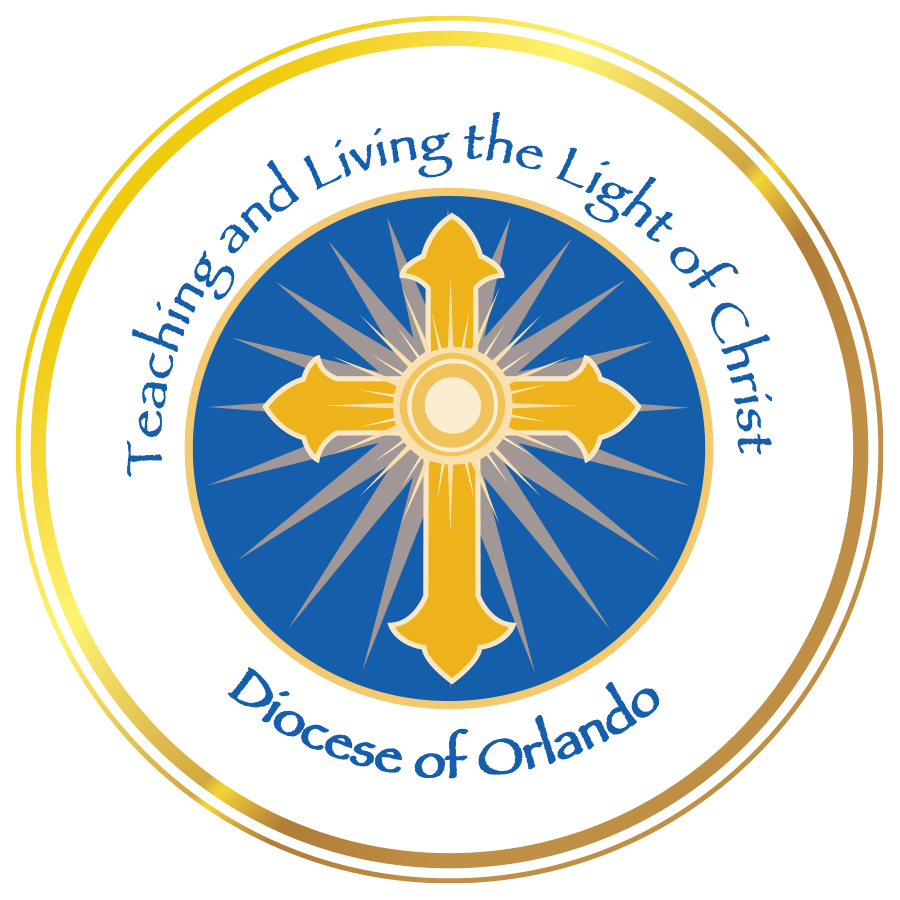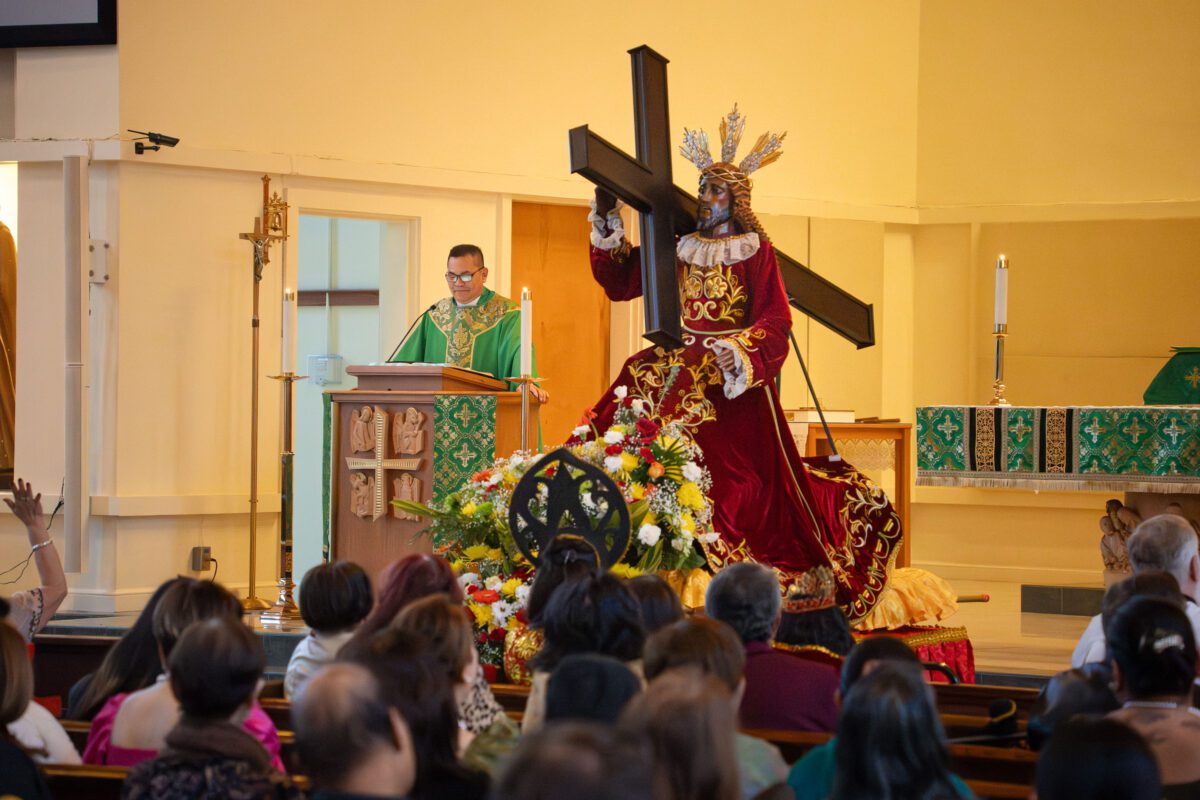DELAND | In its seventh year, hundreds of Filipinos from as far as New York and Michigan traveled to Deland to pay homage to Jesus the Black Nazarene. The largest participation since its inception, devotees found comfort in sharing Christ’s solidarity with the poor, sick, and suffering. It is the love of Jesus the Black Nazarene that offers hope.
At the behest of former pastor Father Tom Connery, parishioners Ligaya and Romy Cortez found a way to have the statue carved in the Philippines and brought to Florida. Although of little means, Ligaya said she couldn’t say no.
“It was our way of thanking Him for all of the blessings (God) has given us,” she said.
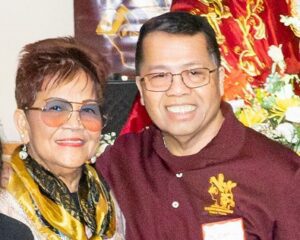
As a young girl, she always went to the big feast day celebration in Quiapo, Manila – the largest of its kind drawing more than a million people.
“I would go every Friday to pray, to ask for forgiveness, and to ask for help with school, for a good husband, and to have a good family in the future.”
When she met and married her husband, the two frequently paid homage to “el Nazareno” in thanksgiving, offering penance and placing their needs at his feet.
The Black Nazarene was brought to the Philippines in 1606, by the Augustinian Recollect friars sent from Spain to evangelize. The image was not always black. A fire that charred the carving gave it its name. The image endured two fires, two earthquakes and the bombings of Manila during World War II.
Mass celebrant Father Mariano Catura said he felt privileged to be asked to preside, having never participated in the celebration in Deland. He too has memories of the Black Nazarene. Growing up south of Quiapo, the trip was too far, but there was a small replica where he lived. When discerning the priesthood, he felt called to walk almost three hours, barefoot, to make pilgrimage to “Jesus Nazareno.” It was Good Friday.
“I offered my sacrifice for my formation and vocation to the priesthood,” Father Catura said, adding his visit brought him peace.
Pleased to see so many Filipinos in America are sincerely devoted, he hoped his homily would convey the beauty of the devotion’s transformational power and spirituality.
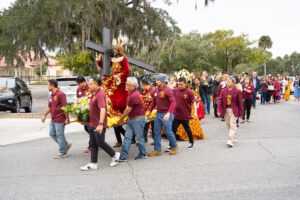
“This is about Jesus, who suffered for us because of His great love for us, to save us,” Father Catura said. “Those who go to the large celebration often ask for the blessing of a successful life because they are poor, healing for the sick, but not all of them would say, ‘I want to grow old with Jesus; I want to live in faith because Jesus is with me; I want to thank the Lord because He’s been so good to me in spite of my difficulties in life.’
“Jesus the Nazarene image is a powerful image of God because He is in solidarity with the poor and suffering,” he said. “He is the same God who gives us hope in times of suffering and can spare us from poverty. He gives us hope that soon our poverty, our suffering will end.”
He explained the image shows the suffering of Jesus. He wants devotees to see His great love for them that it might lead them “to the love of God in Jesus – no matter how much we suffer and mess up our lives with sin. Jesus Himself will empower us to conceive the transformation of our life.”
Father Catura believes the more the faithful understand the suffering of Jesus, the more we can understand His love for us. His advice to go even deeper: “Focus on transformation — go to the heart.”
Gloria Alonzo is a witness to Father Catura’s words. She says the devotion is more than a part of the Filipino culture. Although she always donated and prepared flowers for the celebration at St. Peter, she acknowledges she wasn’t as committed as she is now. It was after her husband, Elmer, survived cancer that she promised to be, “not only a devotee, but to actively devote time to the Black Nazarene.”
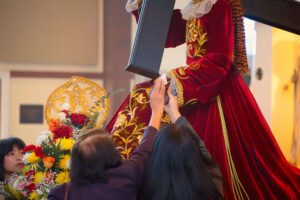
This year Ligaya asked Alonzo to coordinate nine days of prayer prior to celebration. It is the first time the novena was prayed each day in the church before the image of the Black Nazarene. To her great joy, parishioners were happy to come. “We used to pray the novena in our homes with our families,” she said. “One of the things I love about Jesus the Black Nazarene is He brings the community together. It’s different when you pray together as a community.”
Susan Cabusi, a parishioner of Our Lady of the Lakes Parish in Deltona agrees. “Most of the congregation is hungry for their faith and the devotion and they believe in the healing power of Jesus the Nazareno. So, I see that God has given us favor for all these blessings. My devotion gets stronger as we continue to celebrate every year.”
By Glenda Meekins of the Florida Catholic staff, January 18, 2024
